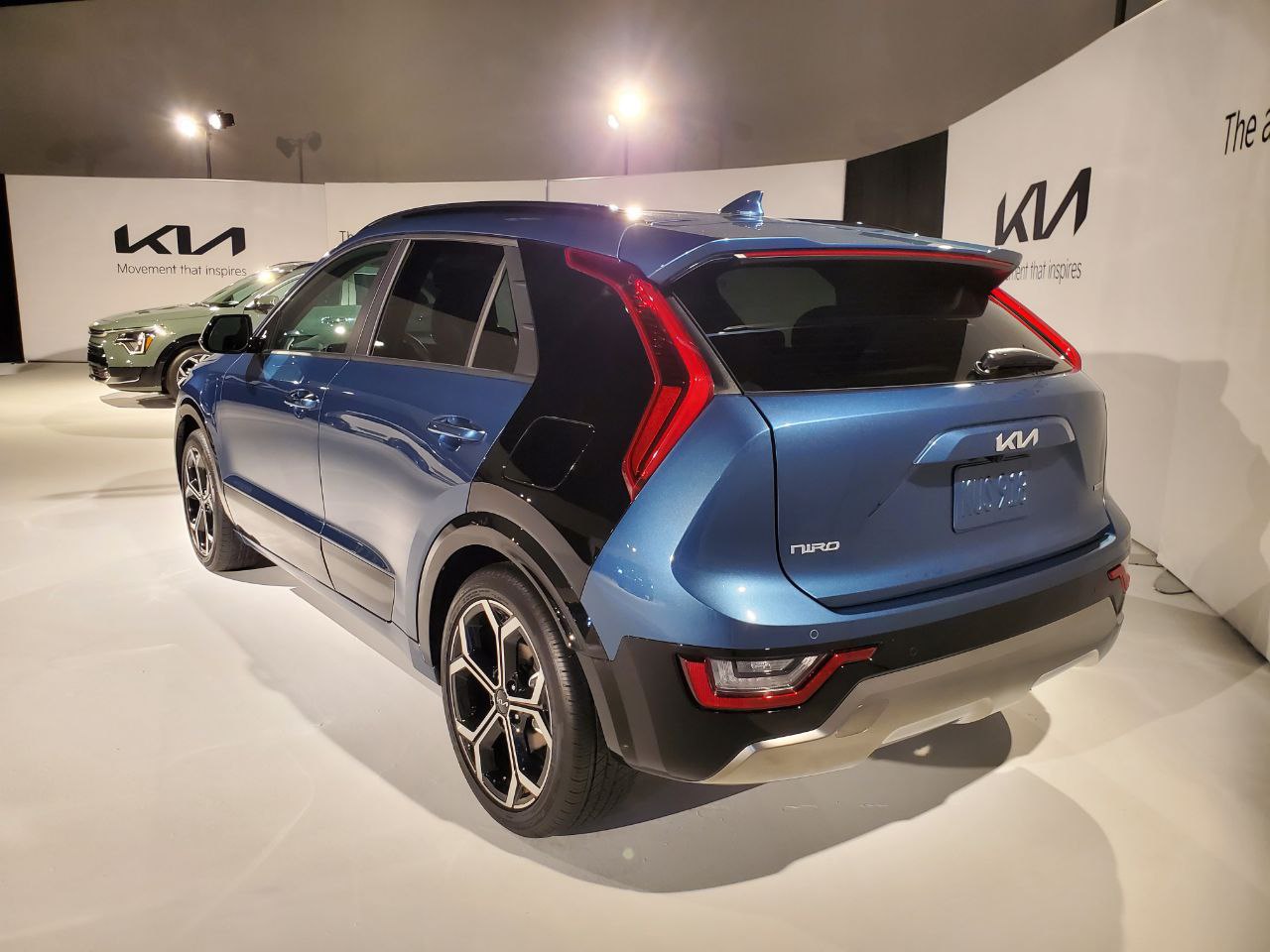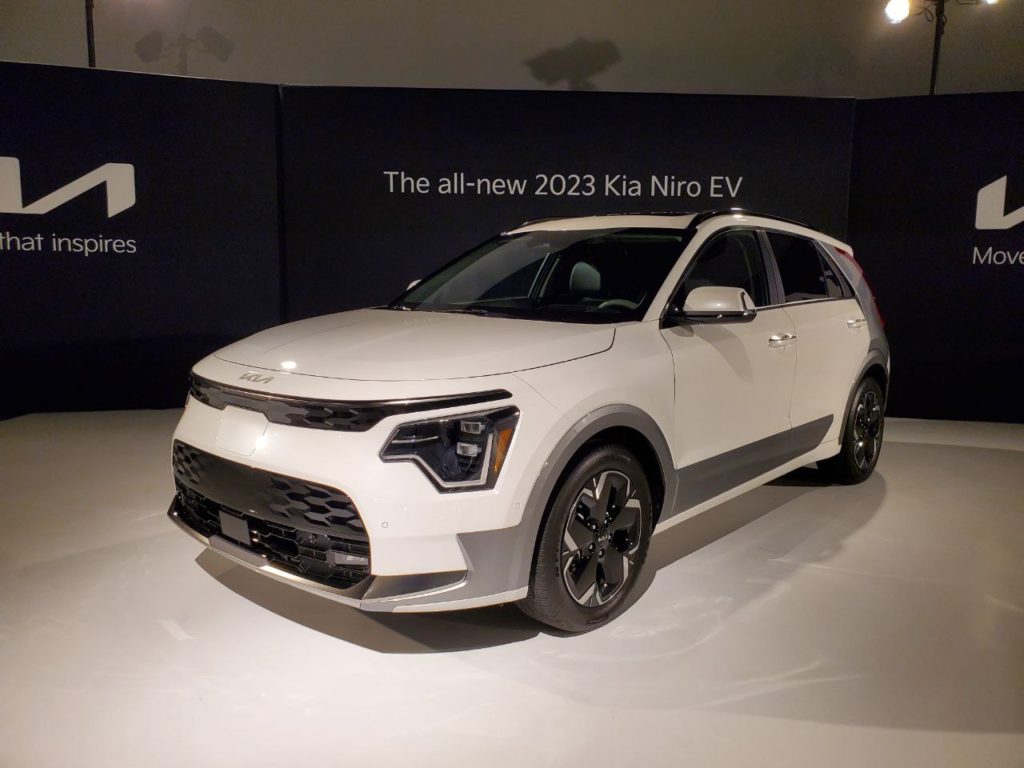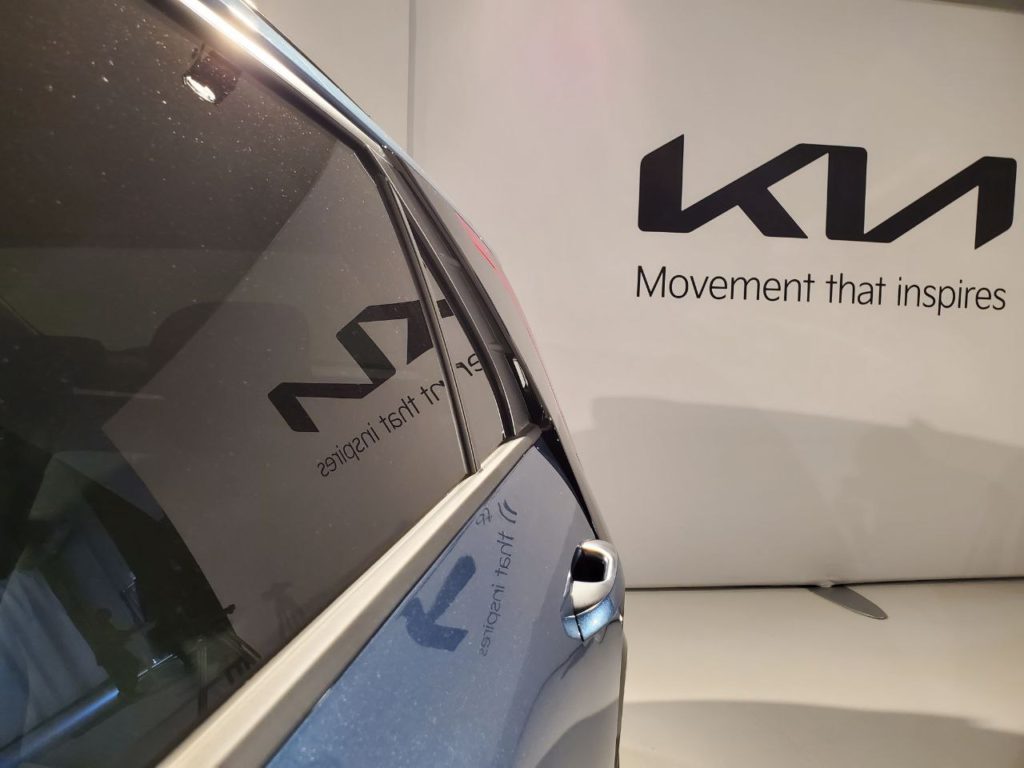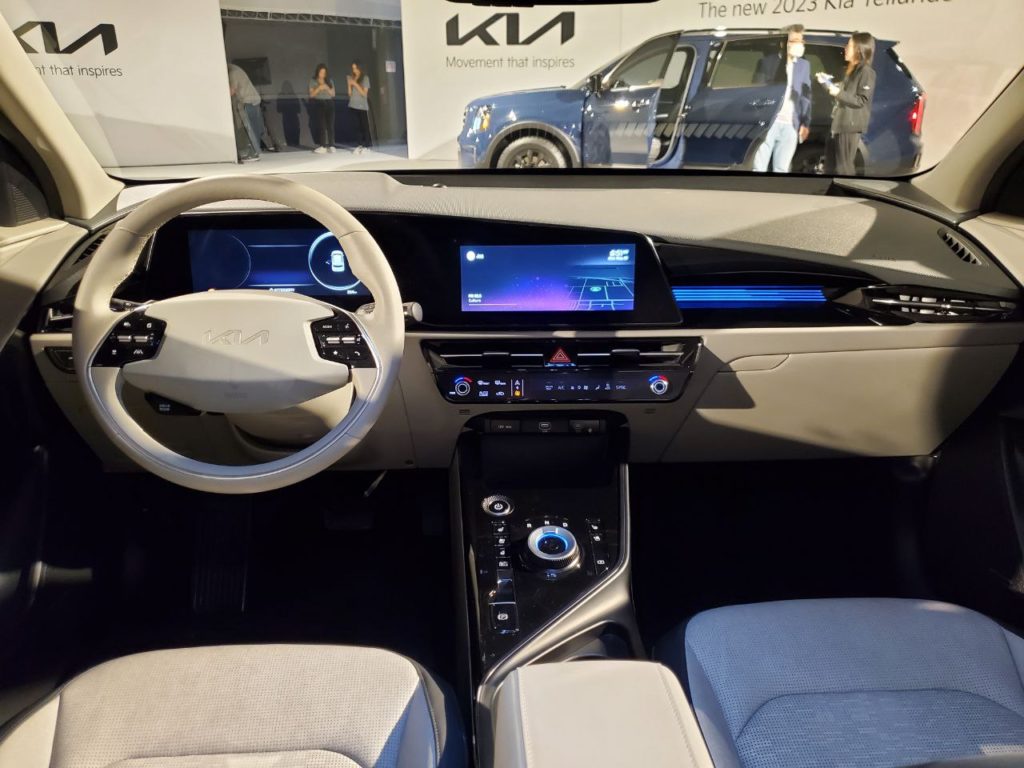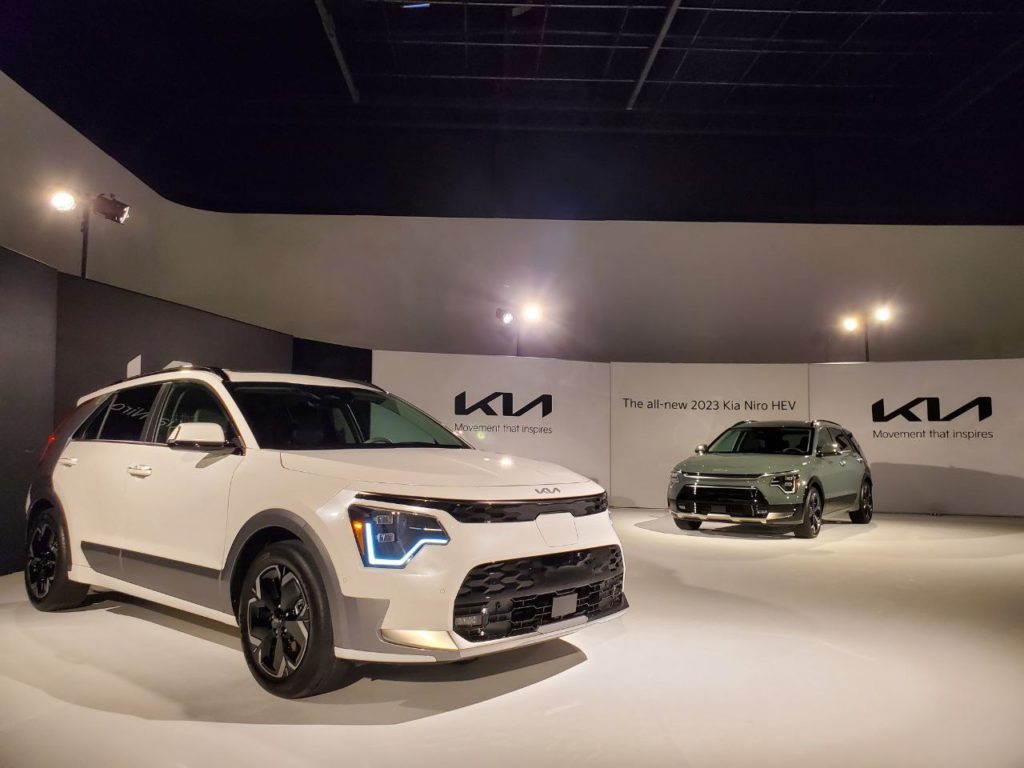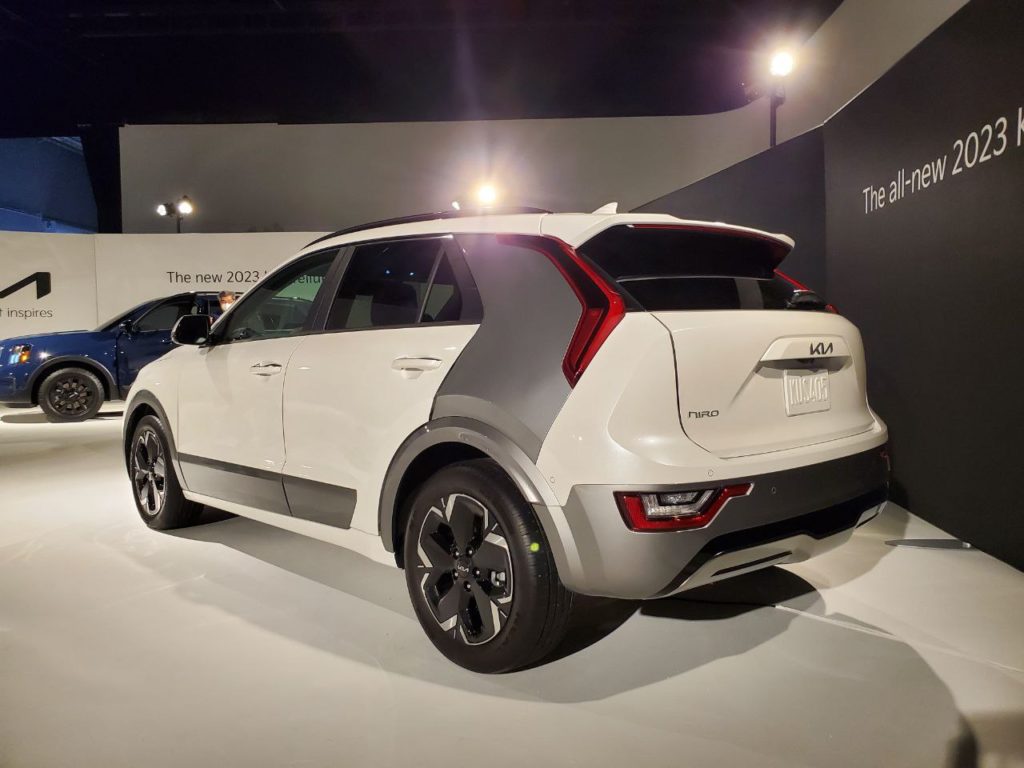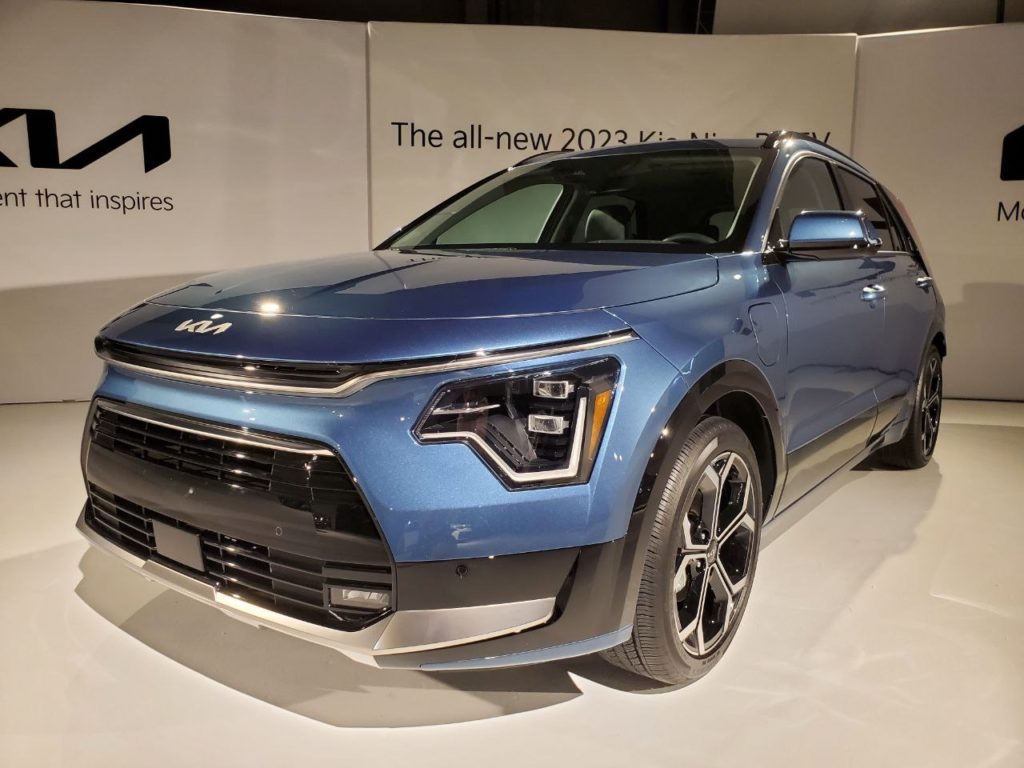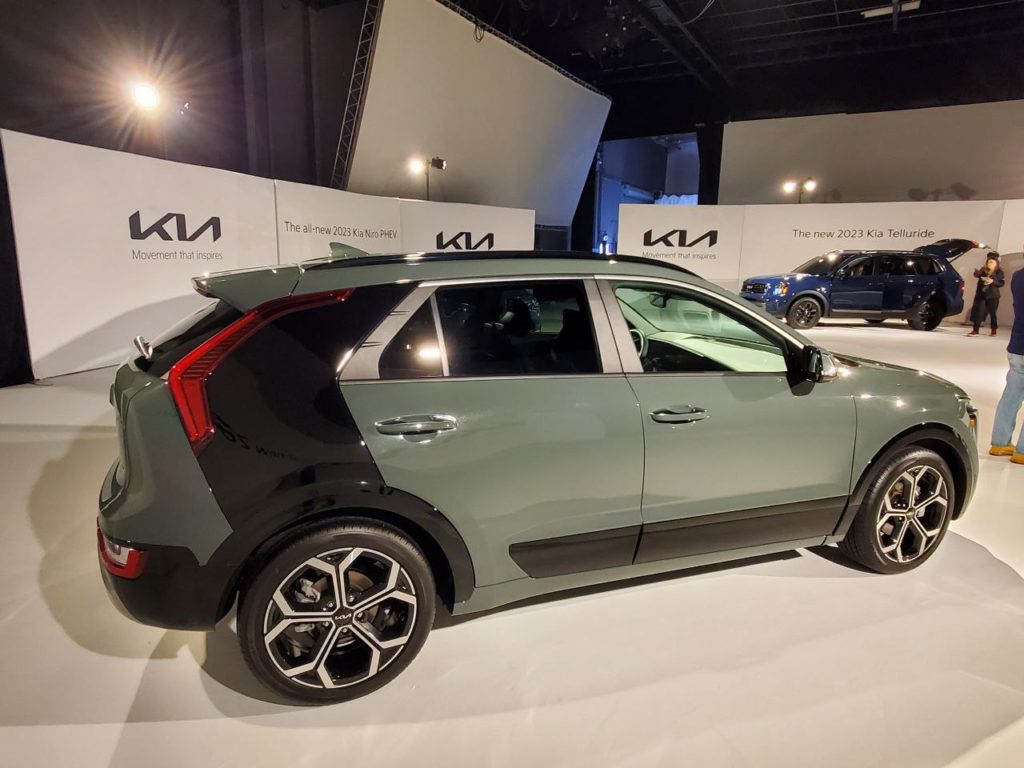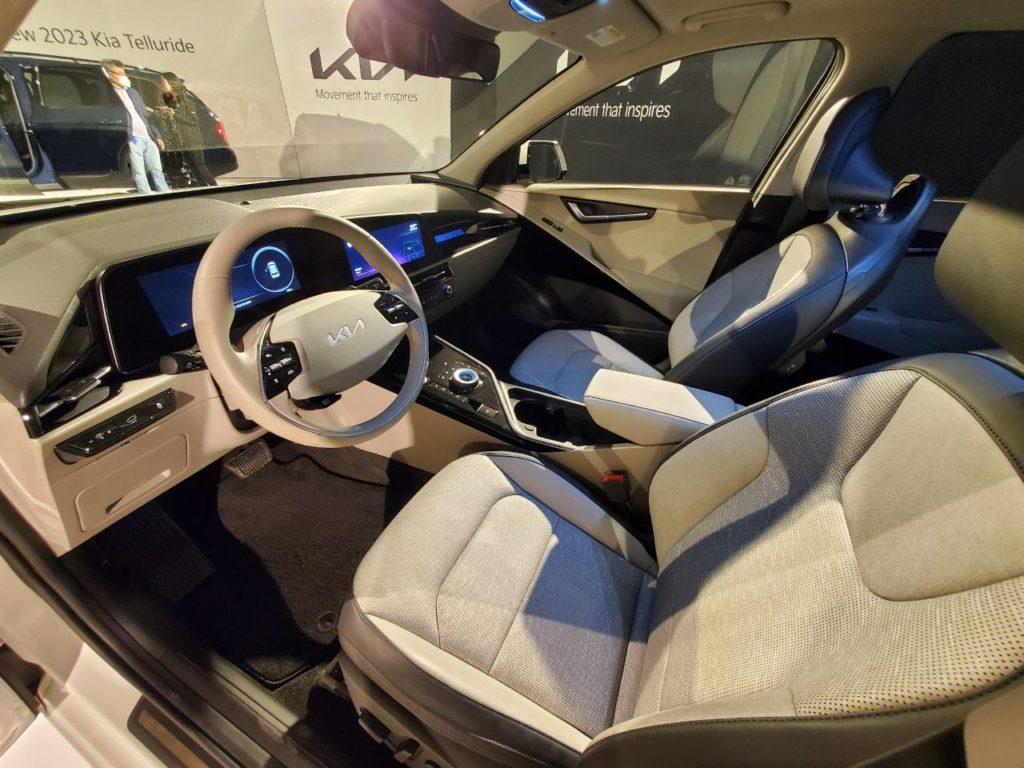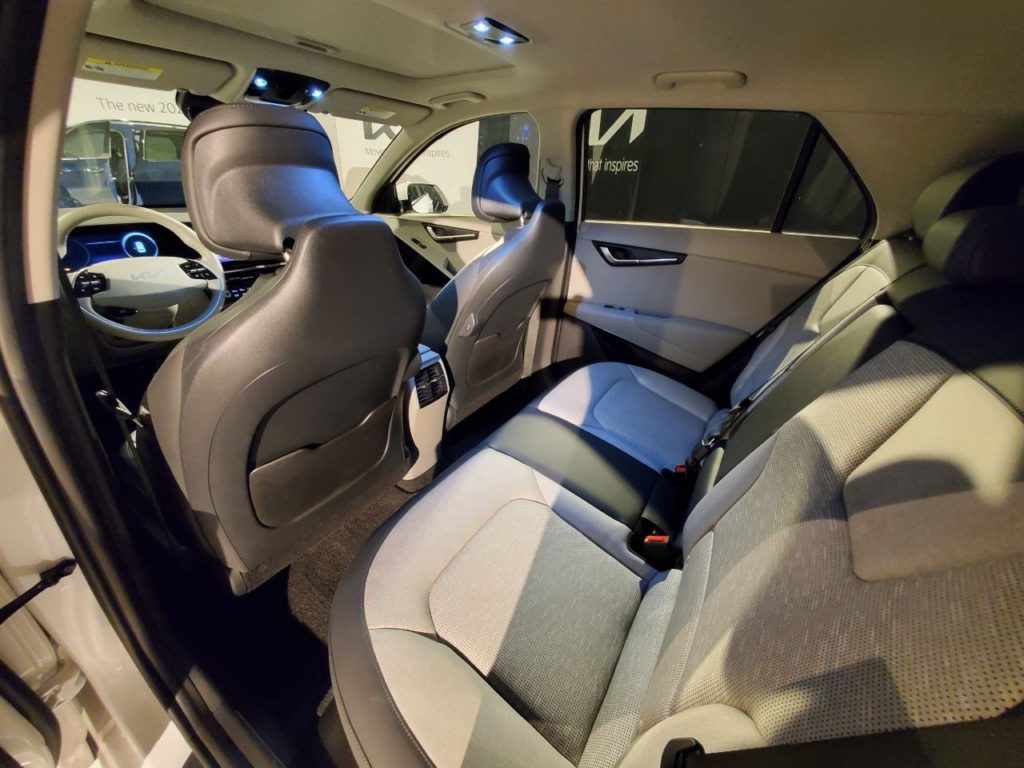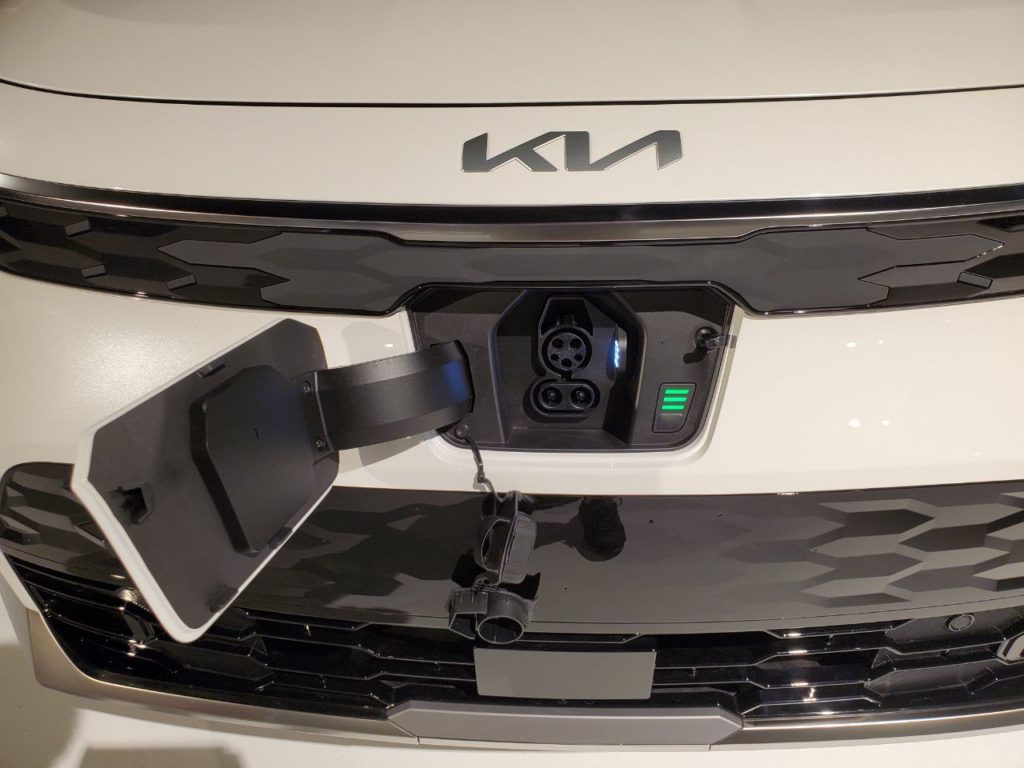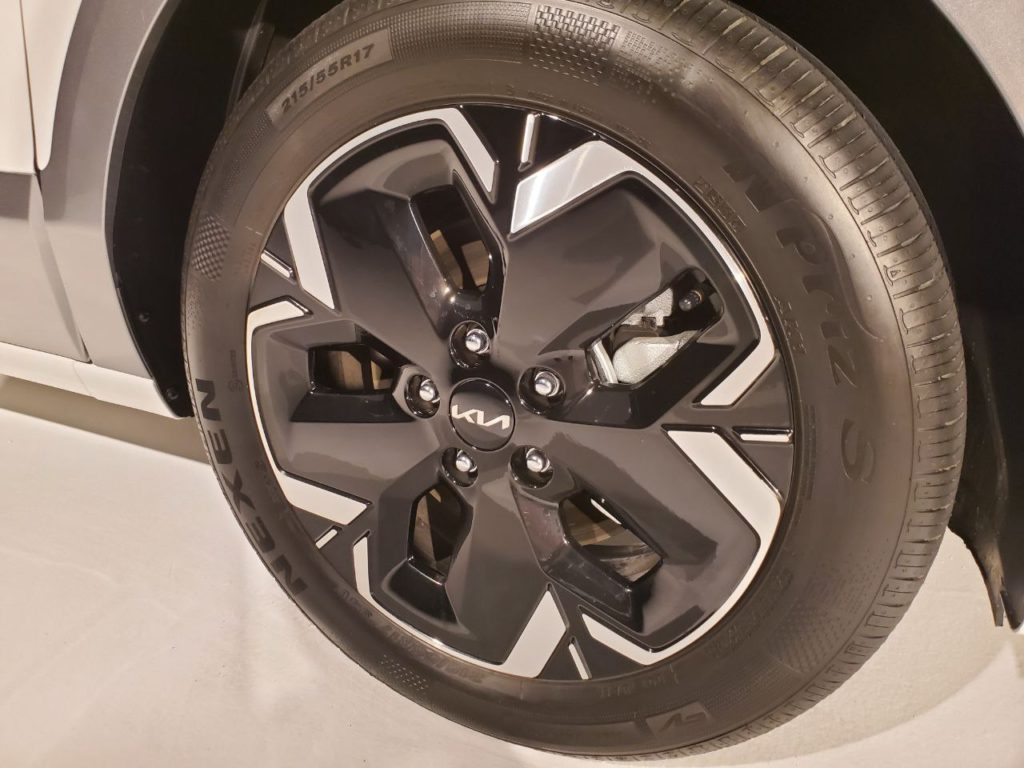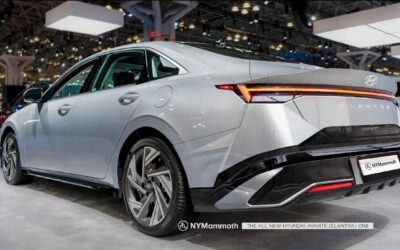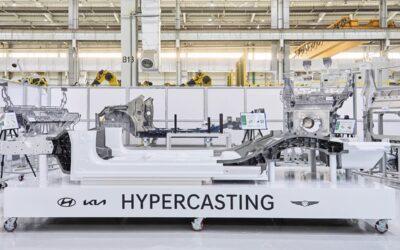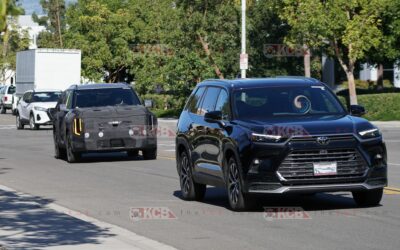We were recently invited to view the upcoming 2023 Kia Niro in Long Beach, California. Kia brought along three prototype vehicles: the Kia Niro Hybrid (or HEV), Niro Plug-In Hybrid (or PHEV), and Niro EV.
Now that the EV6 is on sale and growing in popularity, how does the Niro fit in with Kia’s electrification strategy? It seems a little bit like yesterday’s news, an EV that is basically a traditional internal combustion engine platform that offers a full battery electric trim level, but Kia is continuing with an all-new generation of the Niro. With their new naming convention starting with the EV6 and continuing with the future EV9 SUV, I kind of expected that if the Niro did continue on, it might be called the EV3 or something similar. But, it is still the Niro, and I suspect that is due to the fact that Kia is still offering the hybrid and PHEV versions which would make an EV moniker not fully appropriate.
But with the EV6 on everyone’s mind and selling as fast as they can deliver them to dealerships, why does the Niro even still exist? The EV6 is a compact crossover, as is the Niro (albeit in more traditional and upright form), and both vehicles have a similar interior volume, although the EV6 is slightly bigger on the outside. Kia tells us the differentiator between the Niro and the EV6 will be price. The Niro is going to be significantly cheaper than the EV6, even in its fully-loaded Niro EV configuration. Think of it as the budget-minded Kia electric car that still delivers a modern and upscale feel for owners and passengers alike.
Kia also mentioned that the 2023 Niro PHEV would cater to the part of the market that is still wary of buying a fully electric vehicle but still wants some occasional benefits that come with an EV. The Niro PHEV gets 33 miles of all-electric range and falls back on the traditional 4-cylinder engine when EV range is depleted.
In contrast, the Niro EV has 253 miles of range and can take advantage of fast charging to charge from 10% to 80% in under an hour to give those who are ready for an all-electric experience everything they’re looking for at an affordable starting price.
Of course, another difference between the Niro EV and the EV6 is performance, as the Niro is not built with sporting performance in mind, while the EV6 is more focused on giving drivers an agile driving experience. The Niro also offers a totally different approach to styling than the EV6. Niro has more traditional upright crossover lines, but freshens things up considerably over the outgoing Niro it replaces. The biggest change is the side blade element of the car, which combines functionality (air ducting built into the C pillar to improve aerodynamics) and style (contrasting paint color on the side blade matched to the lower door trim as first seen on the Habaniro concept car) to offer something unique in the industry. There’s also a more sophisticated front fascia with heartbeat-style daytime running lights, foglights integrated into the front grille, and a more subtle interpretation of the tiger-nose grille than we’ve seen before. In back, there you get a pair of striking new taillights which are thin and architectural in their execution.
Detail of Kia Niro C-Pillar air ducting
The new Niro has also grown in size from the outgoing model which benefits rear seat passengers the most. There’s more legroom and shoulder room and headroom remains excellent. In fact, the back of the Niro feels roomier than the EV6, mainly due to the fact it foregoes the sloping roof of the EV6. There’s also heated rear seats and rear air ducts to keep rear passengers comfortable.
Up front, Kia has taken a page from the new Sportage in two distinct ways: the cubby between the front seats has swing-out cupholders that allow you to take advantage of the space in the most flexible way possible; also, the curved dual-screen setup is especially well designed, with two 10.25” screens for the gauge cluster and the infotainment. The steering wheel in the Niro comes from the EV6 (but it’s not the sporty flat-bottomed type you get in the higher trim levels of EV6) and the control panel below the climate vents works similarly to the EV6 allowing you to switch from climate controls to infotainment controls.
Unfortunately, Kia hasn’t yet released trim levels or pricing on the 2023 Niro for the US market, and they let me know that they likely wouldn’t know this information until the first shipments started arriving from Korea in the next few months. We’re looking forward to driving the new Niro and getting more information about how far it really is from the EV6 driving experience and if it’s really worth the price to graduate to the EV6 from the Niro platform.

